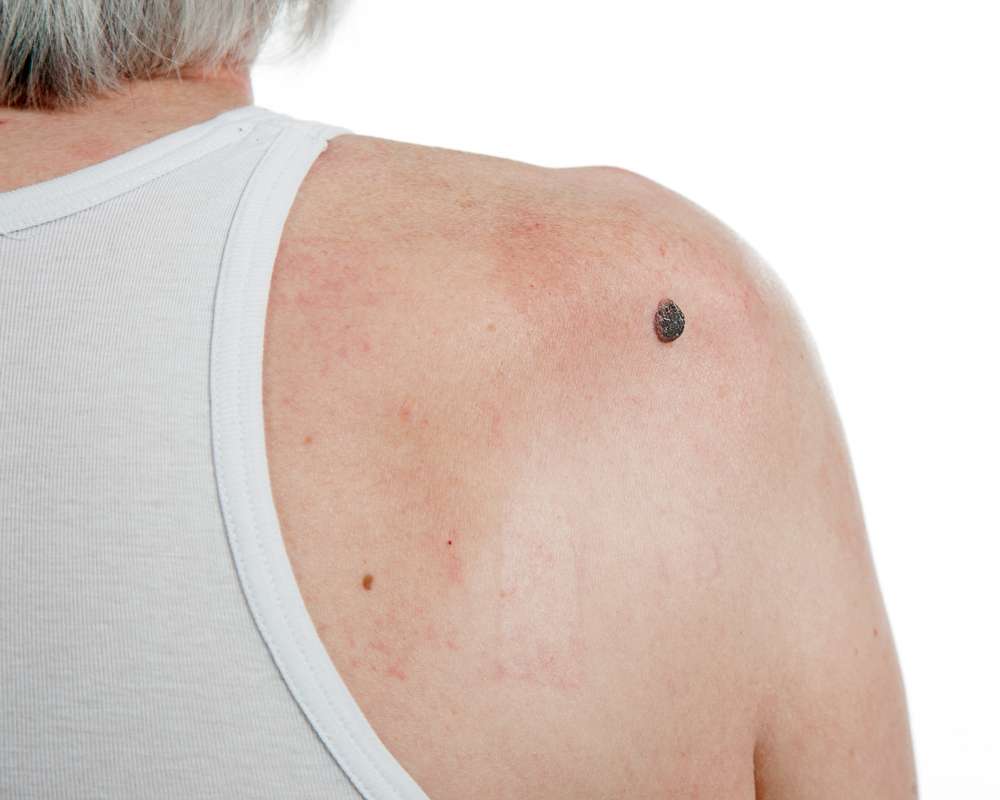Understanding PSA Levels For Men Over 70 And What They Mean
Prostate health is a crucial concern for men over 70, particularly regarding understanding PSA levels. As men age, the risk of prostate cancer increases, making PSA testing essential for effective early detection and management. Normal PSA levels for men over 70 typically fall below 6.5 ng/mL, but individual health factors can influence this range. Regular monitoring and consultations with healthcare providers are vital for interpreting PSA results accurately

Prostate-specific antigen (PSA) is a protein produced by the prostate gland that can be measured through a simple blood test. For men over 70, understanding PSA levels becomes particularly important as the prostate naturally enlarges with age, potentially affecting test results and interpretation. While PSA testing has been a standard tool for prostate cancer screening, its application and interpretation require special consideration for older men, balancing the benefits of early detection against potential overtreatment.
What is PSA?
PSA, or prostate-specific antigen, is a protein produced primarily by the prostate gland. This protein helps liquefy semen after ejaculation, allowing sperm to swim freely. Small amounts of PSA naturally circulate in the bloodstream, but elevated levels may indicate various prostate conditions, including prostate cancer, benign prostatic hyperplasia (BPH), or prostatitis. The PSA test measures the concentration of this protein in the blood, reported in nanograms per milliliter (ng/mL).
The test itself is straightforward—a simple blood draw that can be performed during routine checkups. However, interpreting the results requires consideration of multiple factors, particularly for older men. While PSA testing can help detect prostate cancer before symptoms appear, it’s important to understand that not all elevated PSA levels indicate cancer, and not all prostate cancers require immediate treatment.
Normal PSA Range for Men Over 70
For decades, doctors used a single cutoff point of 4.0 ng/mL to determine when further testing might be needed. However, current medical understanding recognizes that PSA levels naturally increase with age, especially after 70. While younger men might have a normal range of 0-2.5 ng/mL, men over 70 may have higher baseline levels without indicating disease.
Many specialists now use age-adjusted PSA reference ranges. For men in their 70s, PSA levels up to 6.5 ng/mL may be considered within normal parameters. For those in their 80s, levels up to 7.5 ng/mL might not trigger immediate concern. However, these are general guidelines, and individual health factors must be considered. The rate of PSA change over time (PSA velocity) often provides more valuable information than a single measurement, with rapid increases potentially signaling a need for closer evaluation regardless of the absolute number.
Understanding PSA Results
Interpreting PSA results for older men involves looking beyond just the number. Several factors can influence PSA levels without indicating cancer. Benign prostatic hyperplasia (BPH), a non-cancerous enlargement of the prostate common in older men, frequently causes moderate PSA elevation. Prostatitis (inflammation of the prostate) can temporarily spike PSA levels. Even activities like cycling, ejaculation within 48 hours before testing, or recent urinary tract infections can affect results.
For men over 70, doctors also consider PSA density (the ratio of PSA to prostate volume), free versus bound PSA percentages, and PSA velocity when evaluating results. A gradual rise over years may be less concerning than a sudden spike over months. Additionally, newer biomarkers and testing methods like the Prostate Health Index (PHI) or the 4Kscore test may provide more accurate risk assessment for older patients, potentially reducing unnecessary biopsies and treatments.
Prostate Cancer Screening for Seniors
Prostate cancer screening recommendations have evolved significantly for men over 70. The U.S. Preventive Services Task Force (USPSTF) recommends against routine PSA screening for men 70 and older, while the American Urological Association suggests decisions should be individualized based on overall health status and life expectancy rather than age alone.
This shift reflects growing recognition that many prostate cancers in older men are slow-growing and may never cause symptoms during their lifetime. For men with limited life expectancy (less than 10 years) due to age or other health conditions, the potential harms of screening—including anxiety, unnecessary biopsies, and treatment complications—may outweigh benefits.
However, screening may still be appropriate for very healthy older men with longer life expectancy or those with risk factors such as family history or African American heritage. The decision to screen should involve a detailed discussion between patient and healthcare provider about personal values, overall health status, and preferences regarding potential treatment if cancer is found.
Prostate Health Tips for Seniors
Maintaining prostate health extends beyond monitoring PSA levels. For men over 70, several lifestyle modifications can support prostate health regardless of whether they choose to undergo screening. Regular physical activity has been associated with lower risk of prostate problems, including BPH and possibly prostate cancer. Even moderate exercise like walking 30 minutes daily can provide benefits.
Diet also plays a significant role in prostate health. Research suggests that diets rich in vegetables, fruits, fish, and plant-based proteins may support prostate health, while limiting red meat and high-fat dairy products. Specific nutrients like lycopene (found in tomatoes), selenium, and omega-3 fatty acids show promise for prostate health. Maintaining healthy weight is equally important, as obesity has been linked to more aggressive prostate cancers.
Adequate hydration and avoiding bladder irritants like caffeine and alcohol can help manage urinary symptoms often associated with prostate enlargement. For men experiencing lower urinary tract symptoms, medications like alpha-blockers or 5-alpha-reductase inhibitors may provide relief without requiring surgical intervention.
Treatment Options and Considerations for Older Men
When prostate cancer is diagnosed in men over 70, treatment approaches often differ from those for younger patients. For many seniors with low-risk, slow-growing prostate cancer, active surveillance (careful monitoring without immediate treatment) has become an increasingly accepted standard of care. This approach involves regular PSA testing, digital rectal exams, and possibly periodic biopsies to monitor cancer progression.
For those requiring treatment, options include surgery (radical prostatectomy), radiation therapy (external beam or brachytherapy), hormone therapy, or newer targeted treatments. Each carries different benefits and potential side effects that may impact quality of life, including urinary incontinence, erectile dysfunction, and bowel problems.
Treatment decisions should consider not only cancer characteristics but also the patient’s overall health status, existing medical conditions, and personal preferences. For instance, a very healthy 75-year-old might benefit from definitive treatment, while someone with multiple health problems might experience more harm than benefit from aggressive intervention.
Prices, rates, or cost estimates mentioned in this article are based on the latest available information but may change over time. Independent research is advised before making financial decisions.
Prostate cancer treatment costs vary significantly based on the type of treatment, geographic location, and insurance coverage. Understanding these financial aspects is important for comprehensive decision-making.
PSA testing remains a valuable tool for monitoring prostate health in older men when used appropriately. However, interpretation requires nuance, considering age-related changes and individual health factors. For men over 70, decisions about PSA testing and potential follow-up should be made through informed discussions with healthcare providers, weighing personal health status, life expectancy, and values. Rather than following one-size-fits-all guidelines, a personalized approach to prostate health management offers the greatest benefit for quality of life in senior years.
This article is for informational purposes only and should not be considered medical advice. Please consult a qualified healthcare professional for personalized guidance and treatment.




